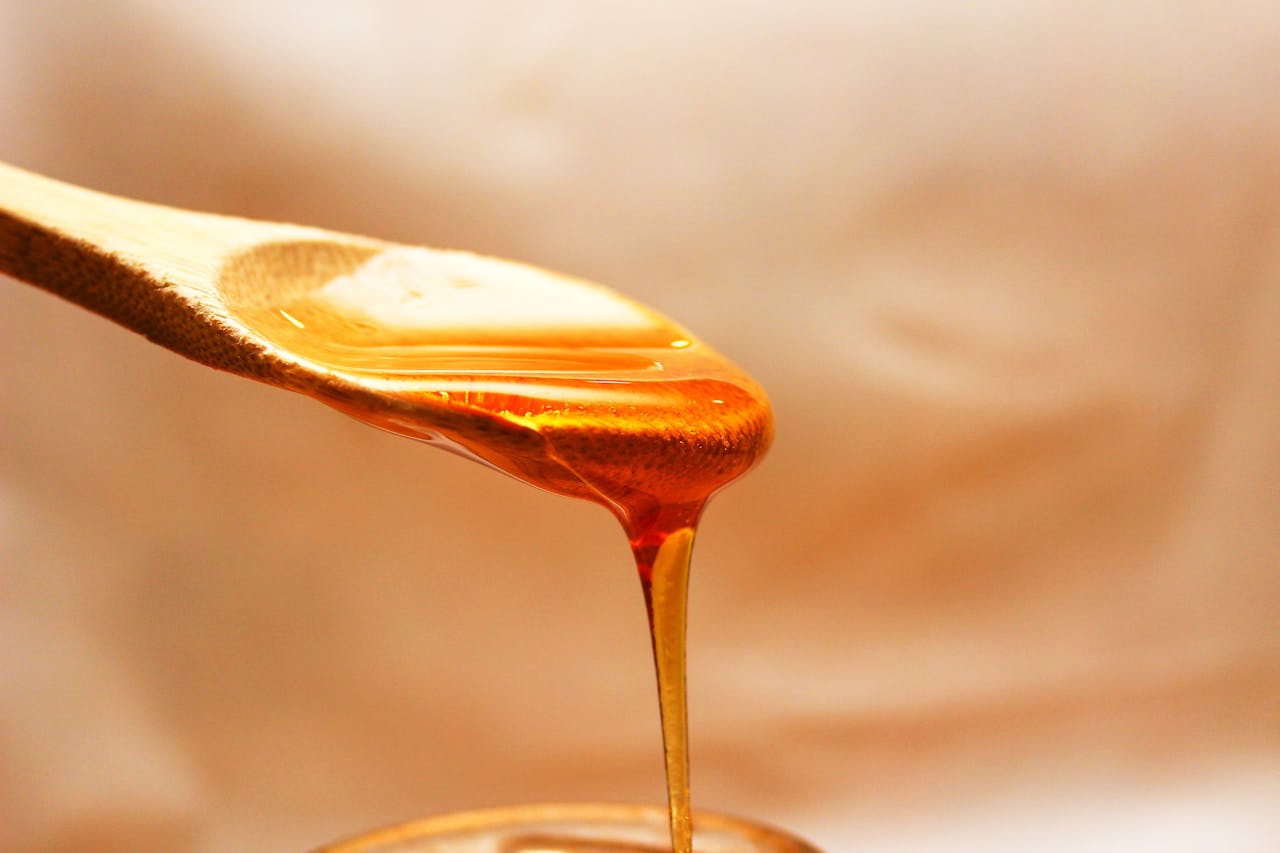Common Types of Honey
Honey is a versatile and natural sweetener that can be used in a variety of ways, from sweetening tea to adding flavor to marinades and baked goods. With its indefinite shelf life, a good jar of honey is a pantry staple. However, navigating the world of honey can be overwhelming, as there are many different varieties to choose from.
To start, let's look at how honey is produced. Honeybees collect nectar from flowers and store it in a specialized stomach called a "honey sac." The nectar is then broken down by enzymes in the honey sac and passed to worker bees, who add their own enzymes and store it in the cells of the honeycomb. The worker bees then use their wings to drive moisture from the nectar, creating honey.
Here are six common types of honey and their uses:
• Clover Honey: This light-colored honey is made from the nectar of clover flowers and has a mild, floral flavor. It's great for baking, salad dressings, sauces, glazes, and tea.
• Orange Blossom Honey: This honey has a mildly citrusy flavor and is typically light in color. It's perfect for baking, tea, salad dressings, sauces, and sweetening cocktails.
• Wildflower Honey: This honey can come from the nectar of many different kinds of flowers, resulting in a spectrum of floral flavors. It's great for drizzling and charcuterie boards.
• Acacia Honey: Despite its name, acacia honey is not harvested from the acacia flower, but from the flowers of the black locust tree. It has a very mild flavor and is a great choice for an "all-purpose" honey.
• Buckwheat Honey: This honey has a dark color and a bold, nutty flavor. It's perfect for baked goods, marinades, and glazes.
• Manuka Honey: This honey comes from the flowers of the manuka tree, which only grows in the North Island of New Zealand. It has a thick, spoonable consistency and is known for its health benefits, including antioxidant, antimicrobial, and anti-proliferative capacities. It's best consumed raw, drizzled on toast or yogurt.
Each type of honey has its own unique flavor and uses, so it's worth trying out different varieties to find your favorite.
